Zydalis MD 20 Tablet 4's
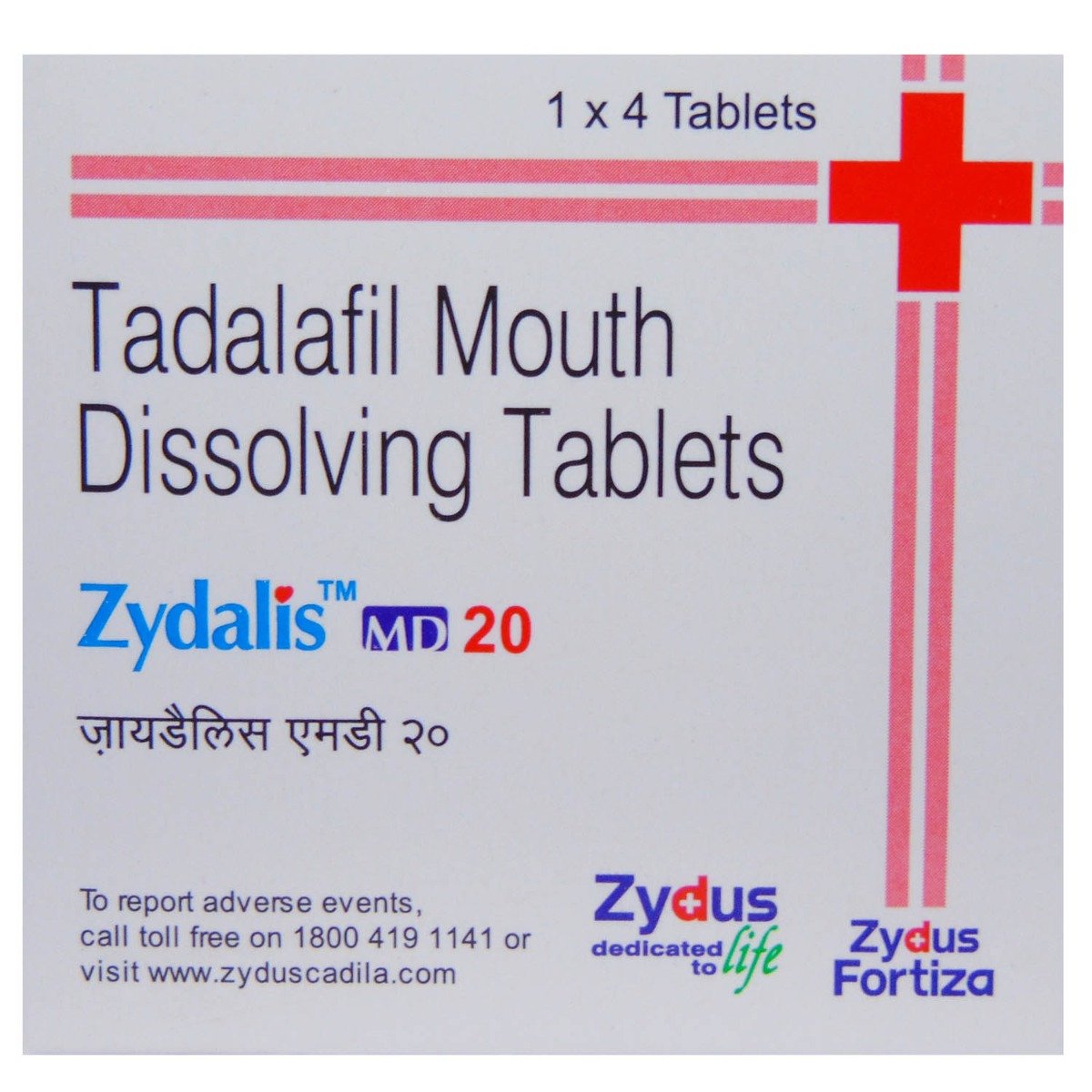
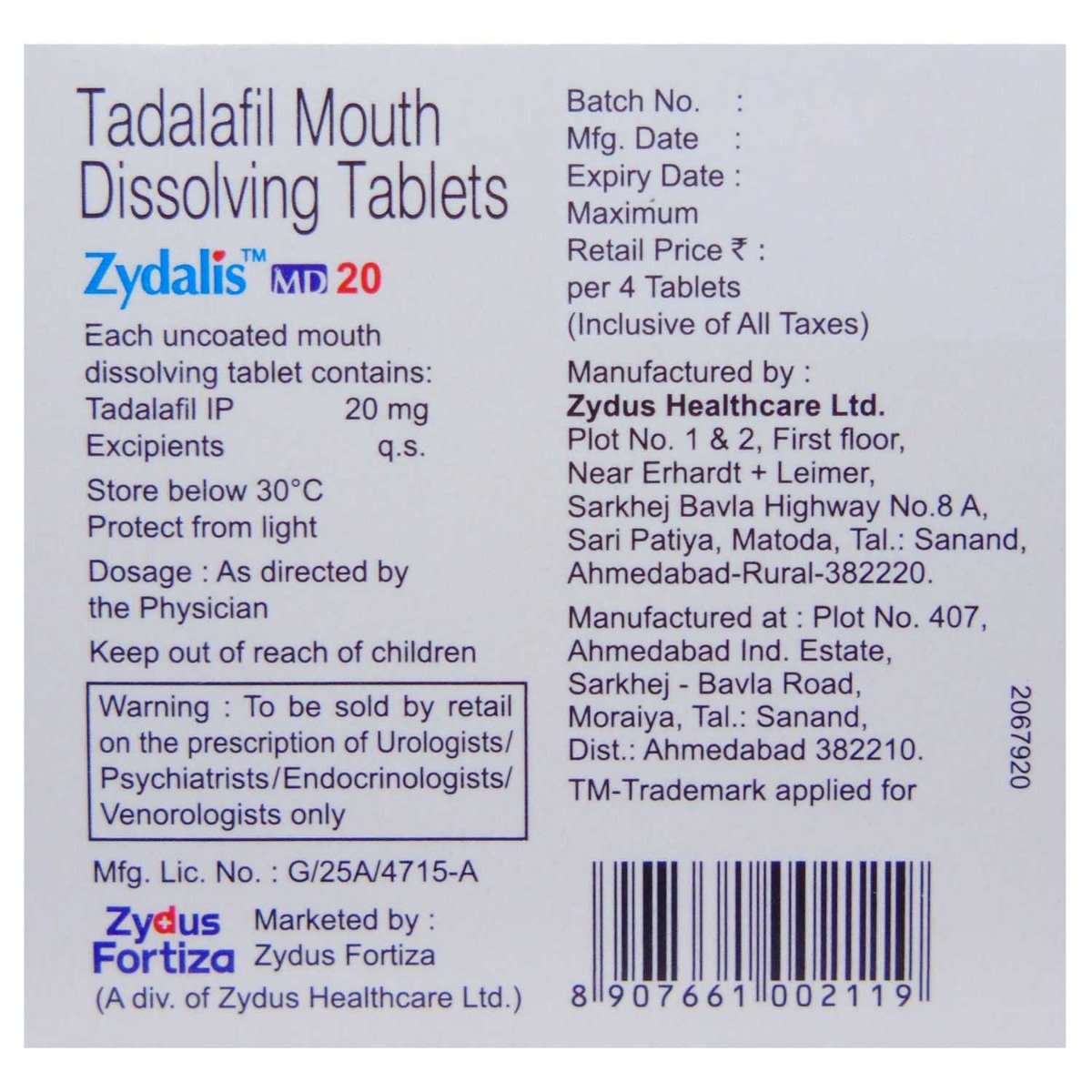
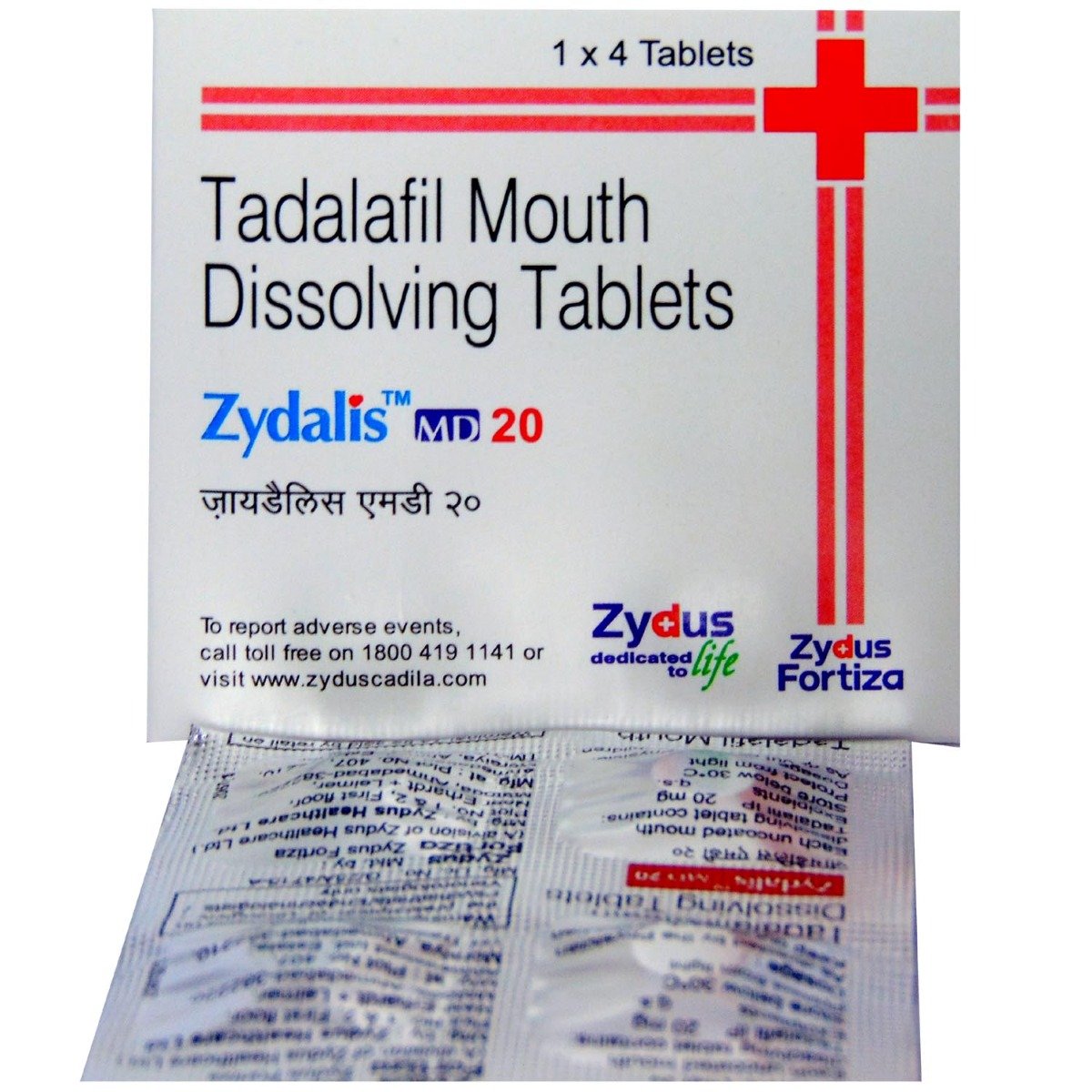



MRP ₹150
(Inclusive of all Taxes)
₹22.5 Cashback (15%)
Provide Delivery Location
Online payment accepted
 Prescription drug
Prescription drugWhats That
Composition :
Manufacturer/Marketer :
Consume Type :
Return Policy :
Expires on or after :
About Zydalis MD 20 Tablet
Zydalis MD 20 Tablet belongs to the group of medicines called phosphodiesterase type 5 (PDE 5) inhibitors, primarily used to treat erectile dysfunction (impotence) and benign prostatic hyperplasia (BPH). Sometimes, Zydalis MD 20 Tablet is also used to treat pulmonary arterial hypertension (high blood pressure in the lungs). Erectile dysfunction is the inability to keep a hard and erect penis suitable for sexual activity. Benign prostatic hyperplasia, also called as prostate enlargement, is the non-cancerous growth of the prostate gland.
Zydalis MD 20 Tablet contains ‘Tadalafil’, which works by relaxing the blood vessels in the penis; this allows the blood to flow into the penis when the person is sexually excited. Thereby, it helps to treat erectile dysfunction. Zydalis MD 20 Tablet relaxes the bladder and prostate muscles, thereby reducing enlarged prostate symptoms such as difficulty in urination and urgent need to urinate. Zydalis MD 20 Tablet used to treat pulmonary hypertension (high blood pressure in the lungs) by relaxing the blood vessels in the chest. Thereby increasing the blood supply to the lungs and decreasing the workload of the heart.
You are advised to take Zydalis MD 20 Tablet for as long as your doctor has prescribed it for you, depending on your medical condition. In some cases, you may experience certain common side-effects such as headache, back pain, muscle pain, pain in the legs and arms, nasal congestion, indigestion, and facial flushing. Most of these side-effects do not require medical attention and will resolve gradually over time. However, you are advised to talk to your doctor if you experience these side-effects persistently.
Do not take Zydalis MD 20 Tablet if you are taking nitrates (used to treat angina), riociguat (used to treat pulmonary hypertension) or alpha-blockers; if you have heart problems or stroke, low blood pressure or uncontrolled high blood pressure. Zydalis MD 20 Tablet is not intended for use in women. Zydalis MD 20 Tablet may cause dizziness, so drive with caution. Avoid consuming alcohol as it might cause increased dizziness. Zydalis MD 20 Tablet should not be given to children as safety and effectiveness have not been established. Keep your doctor informed about your health condition and the medicines you are taking to avoid unpleasant side-effects.
Uses of Zydalis MD 20 Tablet
Directions for Use
Medicinal Benefits
Zydalis MD 20 Tablet belongs to the group of medicines called phosphodiesterase type 5 (PDE 5) inhibitors. Zydalis MD 20 Tablet is used to treat erectile dysfunction (impotence) and benign prostatic hyperplasia (BPH). Sometimes, Zydalis MD 20 Tablet is also used to treat pulmonary arterial hypertension (high blood pressure in the lungs). Zydalis MD 20 Tablet works by relaxing the blood vessels in the penis; this allows the blood to flow into the penis when the person is sexually excited. Thereby, it helps to treat erectile dysfunction. Zydalis MD 20 Tablet relaxes the bladder and prostate muscles, thereby reducing enlarged prostate symptoms such as difficulty in urination and urgent need to urinate. Zydalis MD 20 Tablet used to treat pulmonary hypertension (high blood pressure in the lungs) by relaxing the blood vessels in the chest. Thereby, increasing the blood supply to the lungs and decreasing the workload of the heart.
Storage
- Hydrate your body: Drink enough water to prevent dehydration and headaches.
- Calm Your Mind: Deep breathing and meditation can help you relax and relieve stress.
- Rest and Recharge: Sleep for 7-8 hours to reduce headache triggers.
- Take rest: lie down in a quiet, dark environment.
- Cold or warm compresses can help reduce tension.
- Stay Upright: Maintain good posture to keep symptoms from getting worse.
- To treat headaches naturally, try acupuncture or massage therapy.
- Over-the-counter pain relievers include acetaminophen and ibuprofen.
- Prescription Assistance: Speak with your doctor about more substantial drug alternatives.
- Severe Headaches: Seek emergency medical assistance for sudden, severe headaches.
- Frequent Headaches: If you get reoccurring headaches, consult your doctor.
- Headaches with Symptoms: Seek medical attention if your headaches include fever, disorientation, or weakness.
Drug Warnings
Do not take Zydalis MD 20 Tablet if you are allergic to any of its contents; if you are taking nitrates (used to treat angina), riociguat (used to treat pulmonary hypertension) or alpha-blockers; if you have heart problems or stroke, low blood pressure or uncontrolled high blood pressure, if you ever had a loss of vision. Inform your doctor if you have sickle cell anaemia (abnormal red blood cells), multiple myeloma (cancer of bone marrow), leukaemia (blood cell cancer), deformation in the penis, severe kidney or liver problems. Consult your doctor immediately if you experience loss of vision or hearing while taking Zydalis MD 20 Tablet. Zydalis MD 20 Tablet may cause dizziness, so drive with caution. Avoid consuming alcohol as it might cause increased dizziness. Zydalis MD 20 Tablet should not be given to children as safety and effectiveness have not been established.
Drug-Drug Interactions
Drug-Drug Interactions
Login/Sign Up
Taking Zydalis MD 20 Tablet with Nitroprusside can increase the risk or severity of low blood pressure.
How to manage the interaction:
Taking Zydalis MD 20 Tablet with Nitroprusside is generally avoided as it can lead to an interaction, but it can be taken if prescribed by a doctor. If you experience dizziness, or heart palpitations, seek immediate medical attention. Do not discontinue any medications without consulting a doctor.
Taking Zydalis MD 20 Tablet with Riociguat may increase the risk or severity of lower the blood pressure.
How to manage the interaction:
Taking Riociguat with Zydalis MD 20 Tablet is generally not recommended as it can lead to an interaction, but it can be taken together if prescribed by a doctor. However, if you experience dizziness, headache, and nasal congestion consult a doctor. Do not discontinue any medications without consulting a doctor.
Taking Zydalis MD 20 Tablet with Isosorbide dinitrate can increase the risk or severity of low blood pressure.
How to manage the interaction:
Taking Isosorbide dinitrate with Zydalis MD 20 Tablet is not recommended, but it can be taken together if prescribed by a doctor. However, consult a doctor if you experience dizziness, or heart palpitations. Do not discontinue any medications without consulting a doctor.
Taking Zydalis MD 20 Tablet with Amyl Nitrite can increase the risk or severity of low blood pressure.
How to manage the interaction:
Taking Zydalis MD 20 Tablet with Amyl nitrite is generally avoided as it can lead to interaction. They can be taken only when advised by a doctor. Seek immediate medical attention if you experience symptoms like dizziness, or heart palpitations. Do not discontinue any medications without consulting a doctor.
Coadministration of Zydalis MD 20 Tablet with Isosorbide mononitrate can increase the risk or severity of low blood pressure.
How to manage the interaction:
Taking Isosorbide mononitrate with Zydalis MD 20 Tablet is not recommended, but it can be taken together if prescribed by a doctor. However, consult a doctor if you experience dizziness, or heart palpitations. Do not discontinue any medications without consulting a doctor.
Using Zydalis MD 20 Tablet with Telithromycin may significantly increase the blood levels and effects of Zydalis MD 20 Tablet. This can increase the risk or severity of side effects.
How to manage the interaction:
Co-administration of Zydalis MD 20 Tablet with Telithromycin can result in an interaction, but it can be taken if a doctor has advised it. Contact a doctor if you experience shortness of breath, visual disturbances, hearing loss, or irregular heartbeat consult a doctor immediately. Do not discontinue any medications without consulting a doctor.
Coadministration of Zydalis MD 20 Tablet and Sildenafil may increase the risk of developing low blood pressure.
How to manage the interaction:
Coadministration of Zydalis MD 20 Tablet and Sildenafil can lead to an interaction, but it can be taken if a doctor advises. However, if you experience dizziness, headache, heart palpitations consult a doctor immediately. Do not stop using any medications without a doctor's advice.
Coadministration of Miconazole with Zydalis MD 20 Tablet may increase blood levels and effects of Zydalis MD 20 Tablet. This can increase the risk or severity of side effects.
How to manage the interaction:
Although there is a possible interaction between miconazole and Zydalis MD 20 Tablet, you can take these medicines together if prescribed by a doctor. However, consult a doctor immediately if you experience shortness of breath, dizziness, visual disturbances, or irregular heartbeat. Do not stop using medications without a doctor's advice.
Coadministration of Zydalis MD 20 Tablet with Ceritinib may significantly increase the blood levels and effects of Zydalis MD 20 Tablet.
How to manage the interaction:
Although taking Zydalis MD 20 Tablet with Ceritinib together can cause an interaction, it can be taken if a doctor has suggested it. If you notice trouble breathing, problems with your eyesight, trouble hearing, chest pain, a fast or irregular heartbeat. Do not discontinue any medications without consulting a doctor.
Using Zydalis MD 20 Tablet together with voriconazole may significantly increase the blood levels and effects of Zydalis MD 20 Tablet. This can increase the risk or severity of side effects.
How to manage the interaction:
Although taking Voriconazole and Zydalis MD 20 Tablet together can cause an interaction, it can be taken if your doctor has suggested it. However, if you experience nausea, shortness of breath, dizziness, lightheadedness, fainting, visual disturbances, ringing in the ears, vision or hearing loss, chest pain or tightness, irregular heartbeat, and/or priapism (prolonged and painful erection unrelated to sexual activity), contact a doctor right away. Do not discontinue any medications without consulting a doctor.
Drug-Food Interactions
Drug-Food Interactions
Login/Sign Up
Grapefruit Juice
How to manage the interaction:
Drinking large amounts of grapefruit juice with Zydalis MD 20 Tablet may increase the blood levels and effects of Zydalis MD 20 Tablet. Avoid or limit drinking grapefruit juice while being treated with Zydalis MD 20 Tablet.
Diet & Lifestyle Advise
Erectile dysfunction:
- Maintaining a healthy weight, eating a balanced diet, and regular exercising may help you manage erectile dysfunction.
- Avoid alcohol consumption as it may temporarily impair your ability to get an erection.
- Avoid the usage of tobacco.
- Share intimate time with your partner.
- Stay sexually active to prevent further problems with erectile dysfunction.
Benign prostatic hyperplasia (BPH):
- Avoid foods like sugars, carbonated beverages, tea, citrus fruits, tomatoes, spicy foods, chocolate and tea.
- Limit fluid intake as excess fluid intake could cause an urge to urinate frequently.
- Avoid drinking excess alcohol or caffeinated drinks as they can worsen the symptoms.
- Maintain a healthy weight, and exercise regularly.
- Quit smoking.
- Take 6-8glasses or liquids every day.
- Avoid processed foods. Instead, choose whole, unprocessed foods.
- Include fruits, vegetables, and fibre-rich food in your diet.
Side Effects of Zydalis MD 20 Tablet
- Headache
- Back pain
- Muscle pain
- Pain in legs and arms
- Nasal congestion
- Indigestion
- Facial flushing
Habit Forming
Therapeutic Class
Product Substitutes
Author Details
We provide you with authentic, trustworthy and relevant information
Drug-Diseases Interactions
Drug-Diseases Interactions
Login/Sign Up
FAQs
Zydalis MD 20 Tablet works by relaxing the blood vessels in the penis, thereby allows the blood flow into the penis when the person is sexually excited.
Zydalis MD 20 Tablet relaxes the muscles in the bladder and prostate, thereby reduces the symptoms of benign prostatic hyperplasia (BPH) or enlarged prostate such as difficulty in urination and urgent need to urinate.
In some cases, Zydalis MD 20 Tablet is used to treat pulmonary arterial hypertension (high blood pressure in the lungs) by relaxing the chest's blood vessels. Thereby, increasing the blood supply to the lungs and decreasing the workload of the heart.
No, do not take Zydalis MD 20 Tablet with nitrates. Taking Zydalis MD 20 Tablet with medicines used to treat angina/chest pain, such as nitrates/nitroglycerin, may cause severe lowering of blood pressure. You are advised not to take Zydalis MD 20 Tablet if you are taking nitrates or have a history of heart attack/stroke.
No, Zydalis MD 20 Tablet should not be taken along with blood-pressure-lowering medicines. Zydalis MD 20 Tablet relaxes and widens the blood vessels; this causes a decrease in blood pressure. Therefore, if Zydalis MD 20 Tablet is taken with blood pressure lowering medicines, it could lead to a lowering of blood pressure.
Drug-Drug Interactions Checker List
- AMLODIPINE
- LISINOPRIL
- LOSARTAN
- METOPROLOL
- RIOCIGAUT
- NITROGLYCERIN
- KETOCONAZOLE
- ITRACONAZOLE
- ERYTHROMYCIN
- CLARITHROMYCIN
- RIFAMPICIN
- PHENOBARBITAL
- PHENYTOIN
- CARBAMAZEPINE
- RITONAVIR
Special Advise
- Take Zydalis MD 20 Tablet 30 minutes to 4 hours before sexual intercourse. However, it is best to take it an hour before sexual activity.
- Do not take Zydalis MD 20 Tablet more than once a day. Take Zydalis MD 20 Tablet as prescribed by the doctor.
- Talk to your doctor if the erection persists for greater than four hours.
Disease/Condition Glossary
Erectile dysfunction: It is the inability to keep a hard and erect penis suitable for sexual intercourse. It could be a sign of physical or psychological conditions such as fear of sexual failure, anxiety, depression, low self-esteem, or stress. Certain health-related factors such as smoking, drinking, being overweight, being physically inactive, and high blood pressure also contribute to erectile dysfunction. Symptoms of erectile dysfunction include difficulty in getting an erection, difficulty in maintaining the erection during intercourse and decreased sexual desire.
Benign prostatic hyperplasia (BPH): Benign prostatic hyperplasia, also called prostate enlargement, is the non-cancerous growth of the prostate gland due to the multiplication of cells. This leads to swelling and squeezing of the urethra and limits the urine flow. It is an age-associated prostate gland enlargement which can cause problems with urination. BPH symptoms include loss of bladder control, frequent urination, inability to urinate, incomplete bladder emptying, weak urinary stream, dribbling at the end of the urinary stream, sudden urge to urinate, and painful urination.
Pulmonary arterial hypertension (PAH): High blood pressure affects the arteries in the lungs and heart, leading to pulmonary arterial hypertension. It occurs due to narrowed or blocked blood vessels which increases the workload on the heart. Symptoms include chest pain, dizziness, fatigue, and swelling in the legs and ankles.

Have a query?
Buy best Genito Urinary products by
Cipla Ltd
Sun Pharmaceutical Industries Ltd
Intas Pharmaceuticals Ltd
Ipca Laboratories Ltd
Leeford Healthcare Ltd
Dr Reddy's Laboratories Ltd
Lupin Ltd
Alkem Laboratories Ltd
Msn Laboratories Pvt Ltd
Zydus Healthcare Ltd
Demorbus India Pvt Ltd
Mankind Pharma Pvt Ltd
Overseas Health Care Pvt Ltd
RPG Life Sciences Ltd
La Renon Healthcare Pvt Ltd
Alembic Pharmaceuticals Ltd
Corona Remedies Pvt Ltd
Macleods Pharmaceuticals Ltd
Aristo Pharmaceuticals Pvt Ltd
Fourrts India Laboratories Pvt Ltd
Tas Med India Pvt Ltd
Micro Labs Ltd
Samarth Life Sciences Pvt Ltd
Zydus Cadila
Emcure Pharmaceuticals Ltd
Hetero Drugs Ltd
Ignyx Pharmaceuticals
Renspur Healthcare Pvt Ltd
Steris Healthcare
Alniche Life Sciences Pvt Ltd
Septalyst Lifesciences Pvt Ltd
Ajanta Pharma Ltd
Elder Pharmaceuticals Ltd
Merynova Life Sciences India Pvt Ltd
Tppl Pharmaceuticals Pvt Ltd
Walter Bushnell
Aar Ess Remedies Pvt Ltd
Knoll Healthcare Pvt Ltd
Lividus Pharmaceuticals Pvt Ltd
Meditrex Pharma
Medrhans Pharmaceuticals Pvt Ltd
Neuten HealthCare
Redmed Medical Services
Talohsty Medmark Pvt Ltd
Zycris Healthcare
East West Pharma India Pvt Ltd
Globus Remedies Ltd
Golden Square Lab Pvt Ltd
Hetero Healthcare Pvt Ltd
Modi Mundipharma Pvt Ltd
Nephurocare Pharma Pvt Ltd
Pfizer Ltd
TTK Healthcare Ltd
Votary Laboratories (India) Ltd
Albus Healthcare Pvt Ltd
Delvin Formulations (P) Ltd
Indoco Remedies Ltd
Intra Life Pvt Ltd
Megma Healthcare Pvt Ltd
Morepen Laboratories Ltd
Qren Life Sciences Pvt Ltd
Steadfast MediShield Pvt Ltd
Unipark Biotech Pvt Ltd
Akumentis Healthcare Ltd
Biokindle Lifesciences Pvt Ltd
Calren Care Lifesciences Pvt Ltd
Chemo Biological Ltd
Chemo Healthcare Pvt Ltd
Euniche Life Sciences
Himeros Pharmaceuticals Pvt Ltd
Hospimax Healthcare Pvt Ltd
Kiosence Health Care Pvt Ltd
Lia Life Sciences Pvt Ltd
Panacea Biotec Ltd
Primus Remedies Pvt Ltd
Rencord Life Sciences Pvt Ltd
Shilpa Medicare Ltd
Stadmed Pvt Ltd
Abbott India Ltd
Ameya Pharmaceuticals & Chemicals Pvt Ltd
Ardent Life Sciences Pvt Ltd
Asterima Pharmaceuticals Pvt Ltd
Astrum Healthcare Pvt Ltd
Cadila Healthcare Ltd
De Renon
Fibovil Pharmaceuticals Pvt Ltd
Koye Pharmaceuticals Pvt Ltd
Linux Laboratories Pvt Ltd
MMC Healthcare Ltd
Neovae Biomedics Pvt Ltd
Olcare Laboratories Pvt Ltd
Oxygen Pharma Care Pvt Ltd
Prevego Healthcare & Research Pvt Ltd
Rene Lifescience
Sanzyme Pvt Ltd
Solis Ortus Remedies Pvt Ltd
Syndicate Life Sciences Pvt Ltd
Tycoon Pharmaceuticals Pvt Ltd
Vasu Organics Pvt Ltd
Walron Health Care Pvt Ltd
Alcohol
Unsafe
You are advised not to consume alcohol while taking Zydalis MD 20 Tablet as it may cause increased dizziness.
Pregnancy
Unsafe
Zydalis MD 20 Tablet is not recommended for use in pregnancy.
Breast Feeding
Unsafe
Zydalis MD 20 Tablet is not recommended for use during breastfeeding.
Driving
Caution
Zydalis MD 20 Tablet may cause dizziness. Therefore you are advised to drive and operate machinery only if you are alert.
Liver
Caution
Dose adjustment may be needed. Please consult your doctor before taking Zydalis MD 20 Tablet if you have liver impairment/liver disease or any concerns regarding this.
Kidney
Caution
Dose adjustment may be needed. Please consult your doctor before taking Zydalis MD 20 Tablet if you have kidney impairment/kidney disease or any concerns regarding this.
Children
Unsafe
Zydalis MD 20 Tablet should not be given to children as the safety and effectiveness have not been established.




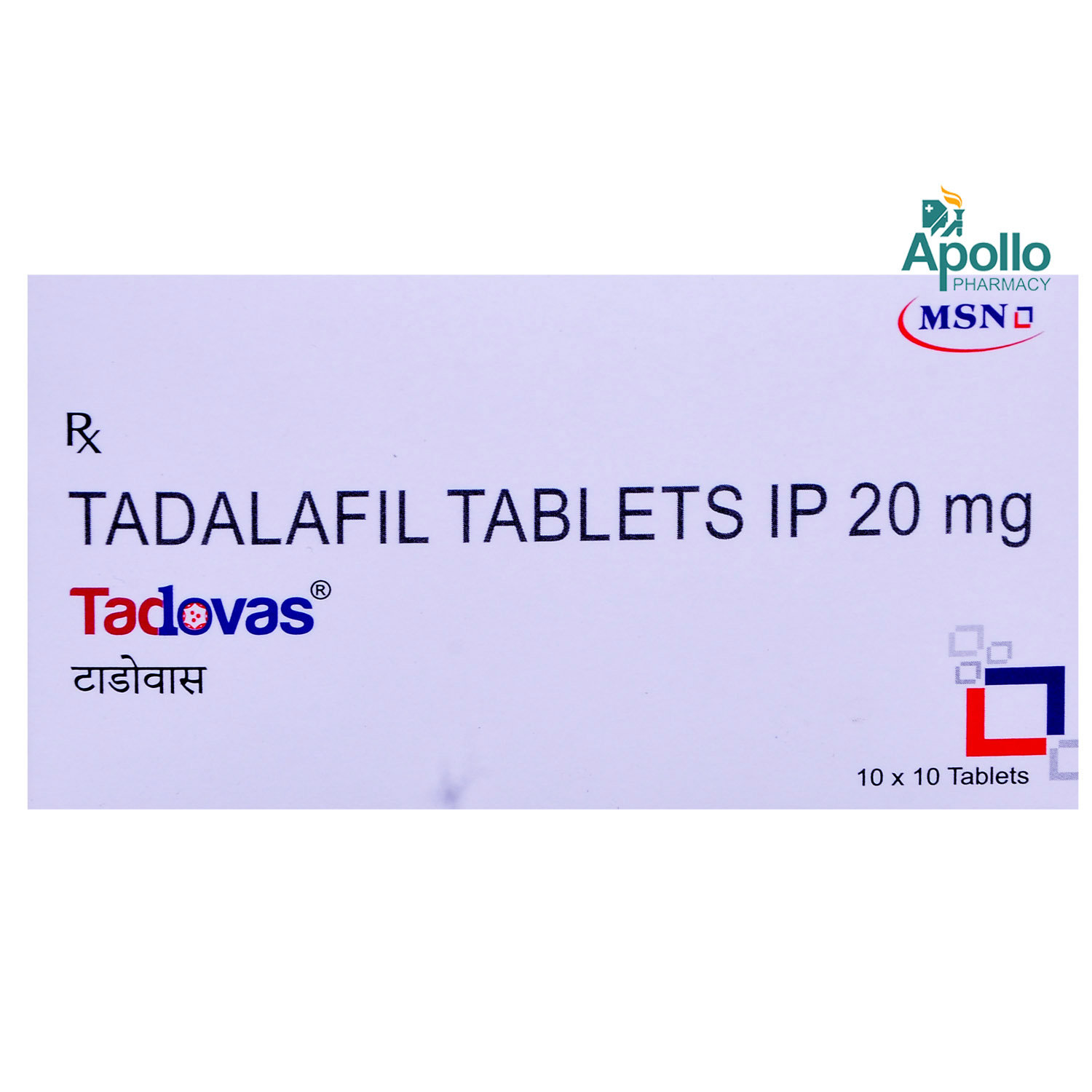
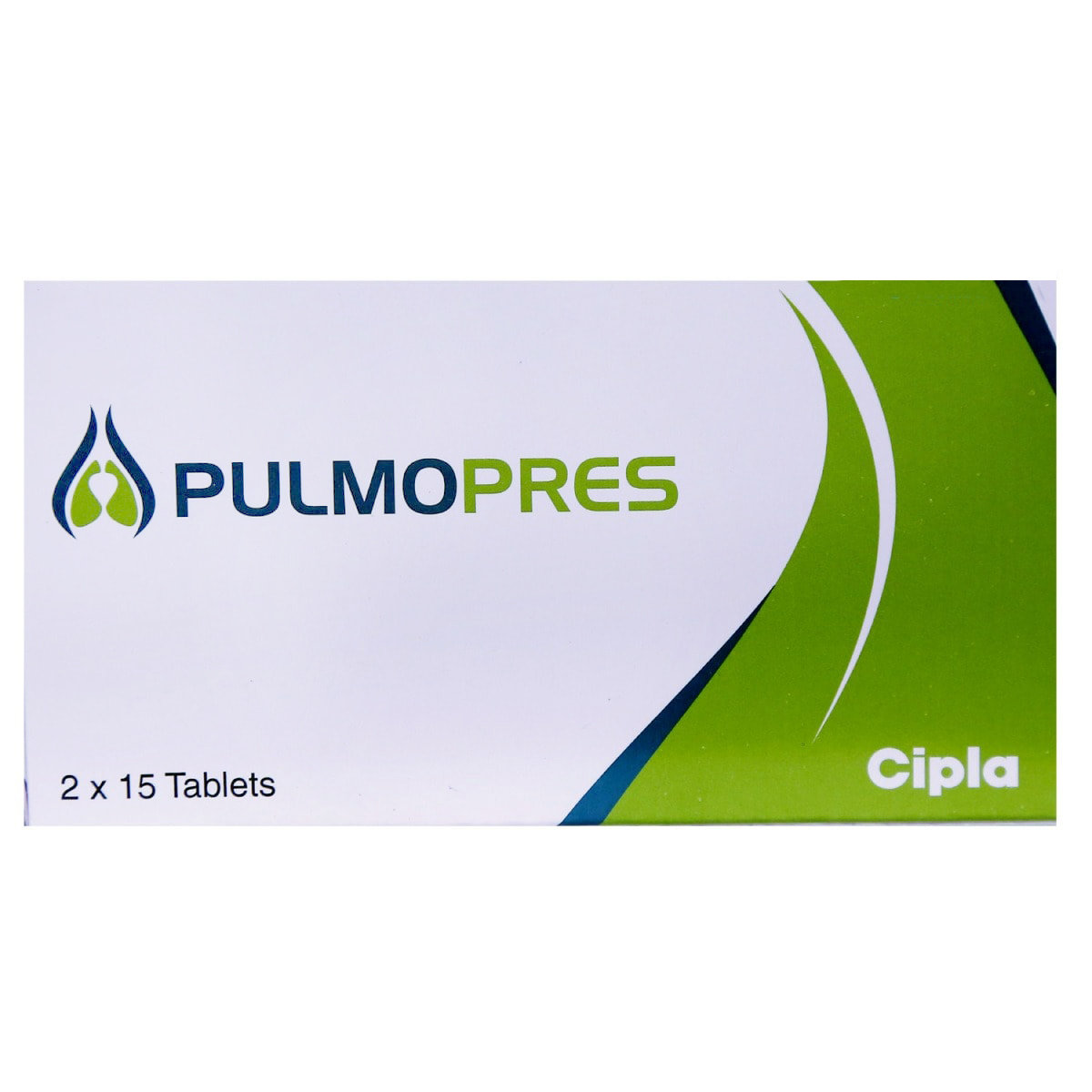



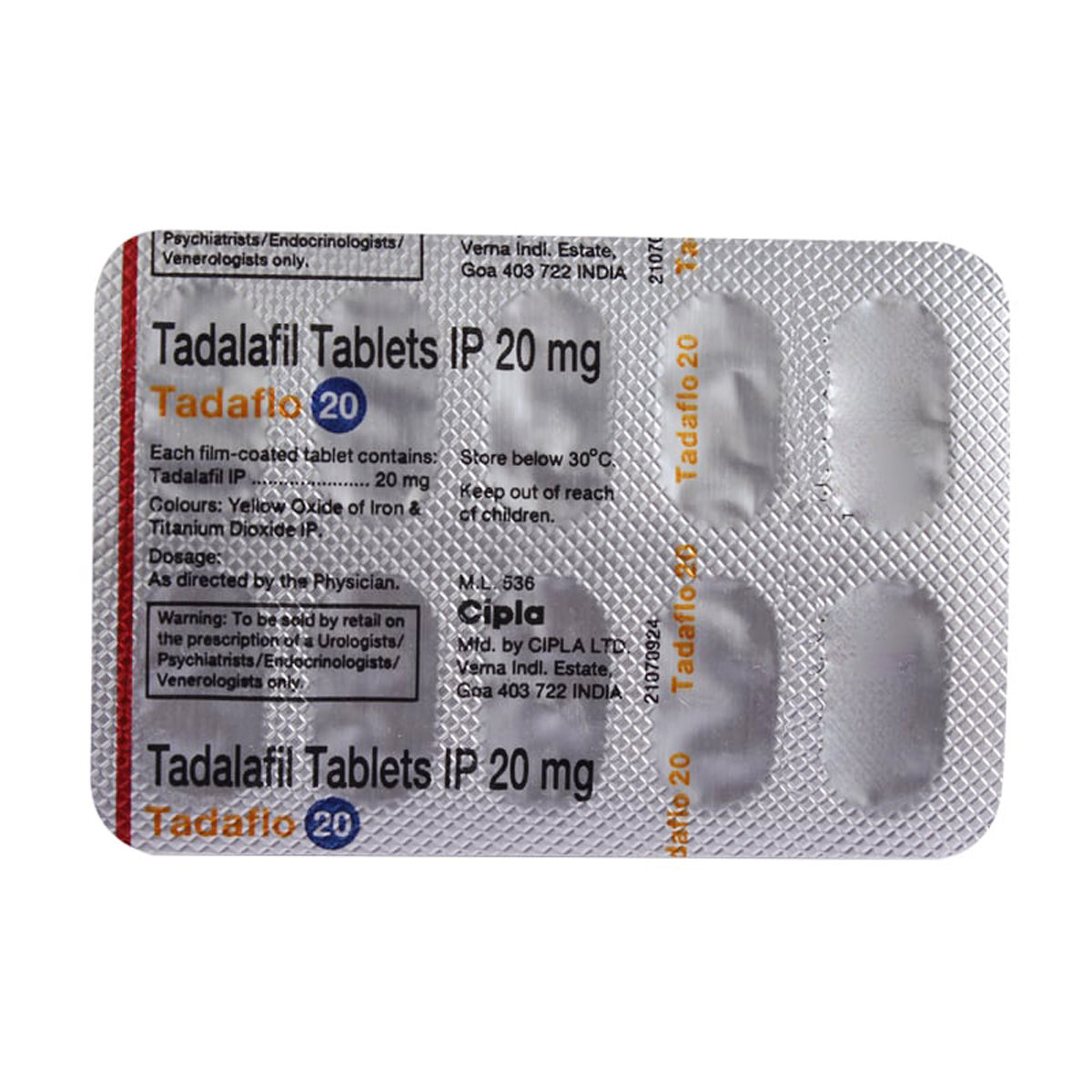
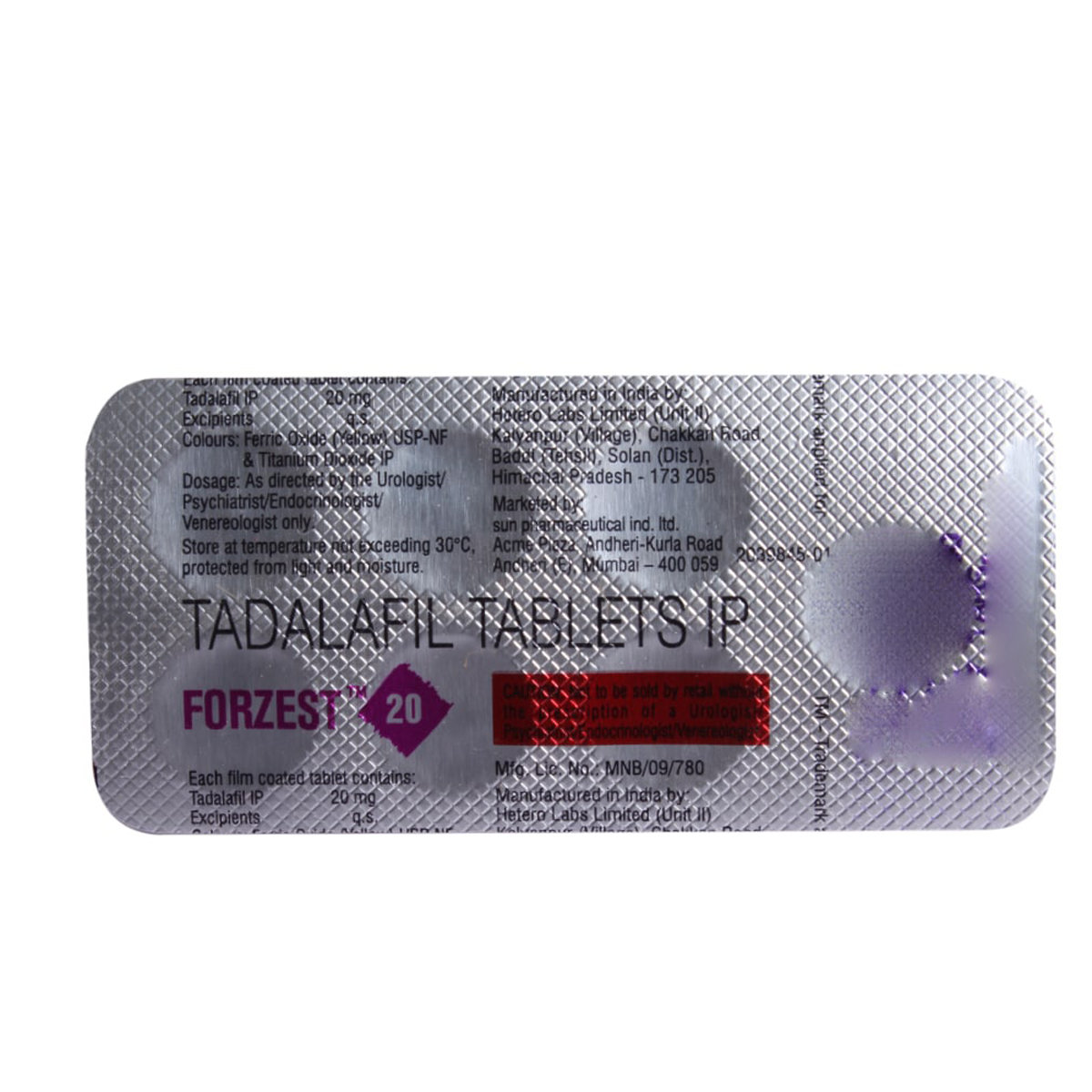
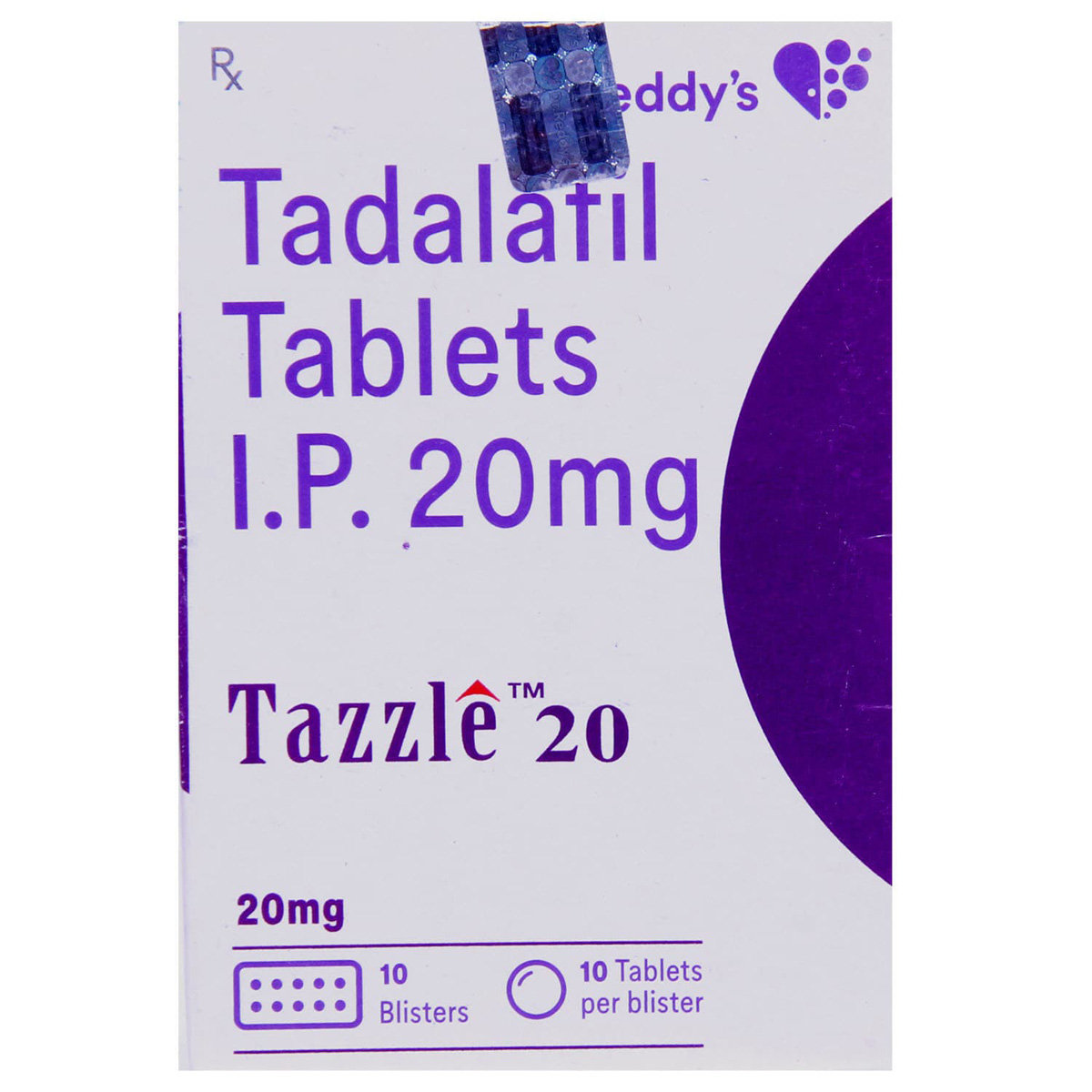
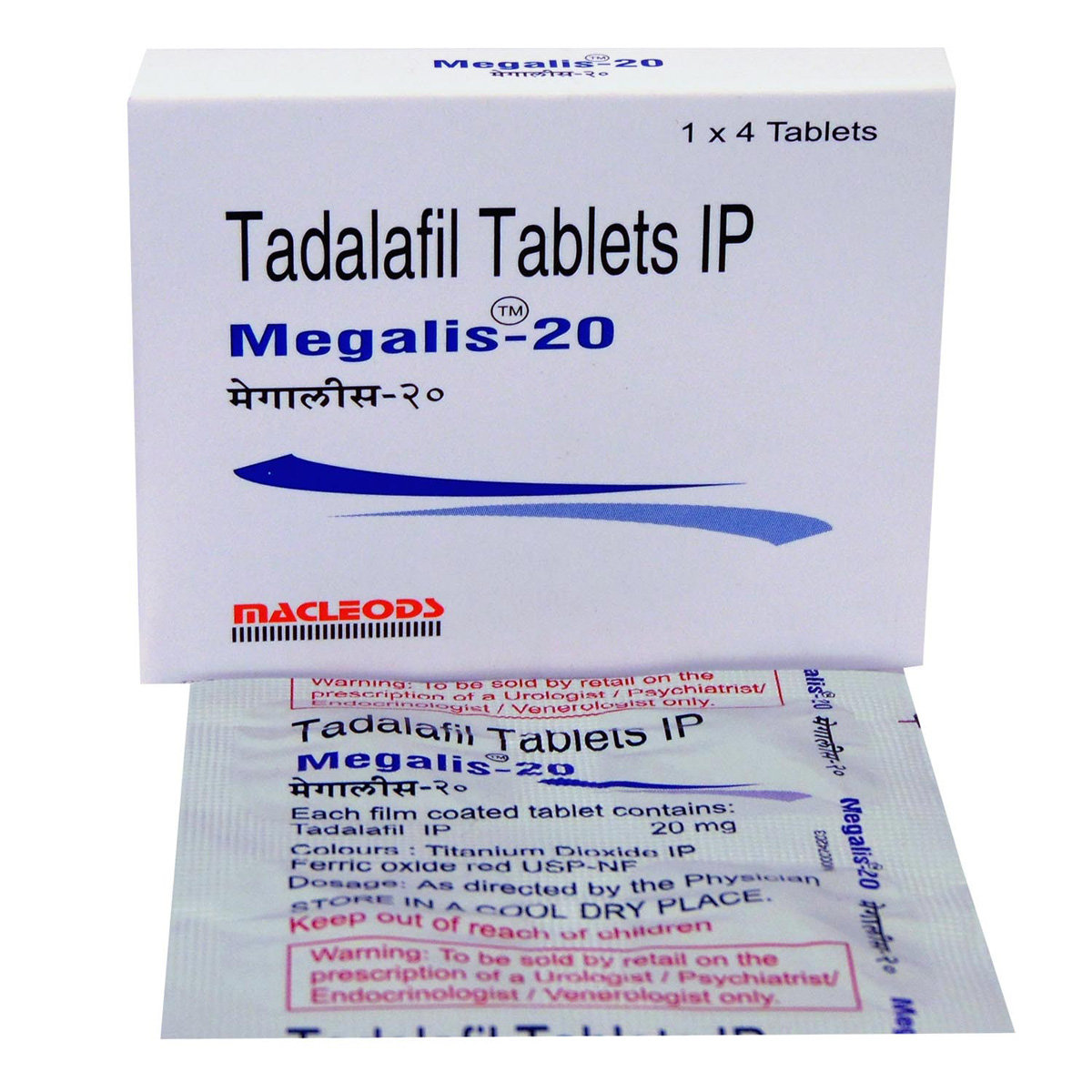
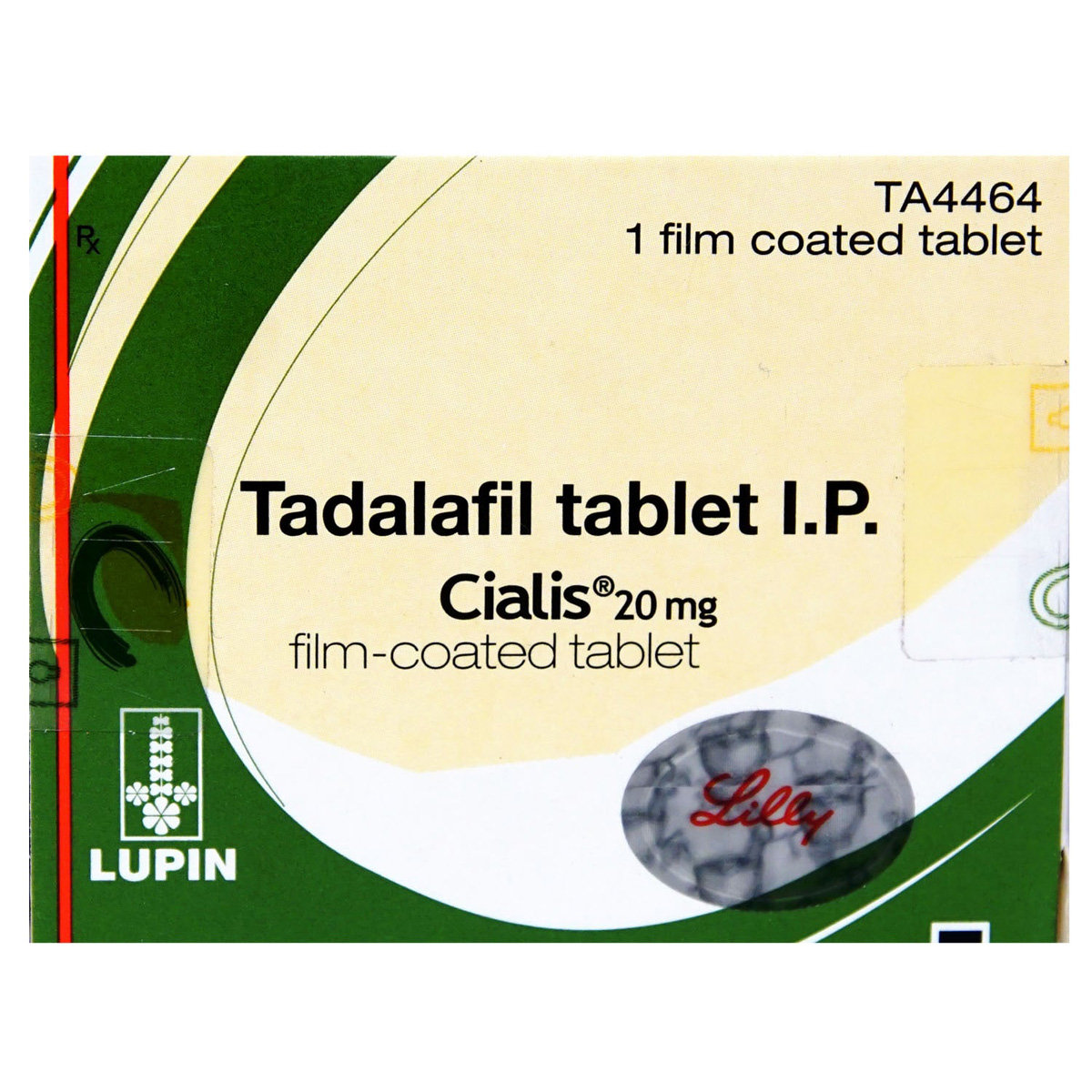

_0.jpg?tr=q-85)

